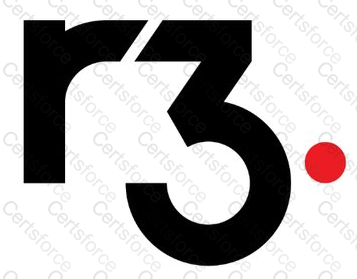What are two challenges with using a Proof of Work algorithm? (Select two.)
What are two specific advantages of using Hyperledger Fabric? (Select two.)
Consider the following scenario: A solo app developer wants to create their own cryptocurrency and build a blockchain based that allows users to buy and sell second-hand items with that cryptocurrency from each other. Before the transaction is considered complete, the purchaser must put the funds in an escrow service and the sender must enter the courier tracking number into that same escrow. Time is of the essence and this developer doesn’t want to worry about networking of infrastructure. This app must be fully autonomous or “decentralized”.
Which architecture would best solve the product need?
Blockchains are decentralized ledgers which, by definition, are not controlled by a central authority. Due to the value stored in these ledgers, bad actors have huge economic incentives to try and cause faults.
What algo was the original solution to the potential problem as specified by Satoshi?
Which of these reasons is a good reason to choose a conventional database over blockchain to store application data?
Which of following scenarios and datasets would be best suited to be utilized by a blockchain solution?
What does the acronym DAO represent?
The two main types of transactions you can perform in Hyperledger Fabric are:
R3 Corda does not organize time into blocks. What does Corda actually perform and use?

You currently using the Metamask Chrome plugin and you see a selection for Etherescan in the plugin.
What is Etherscan used for?